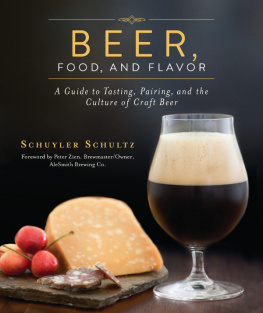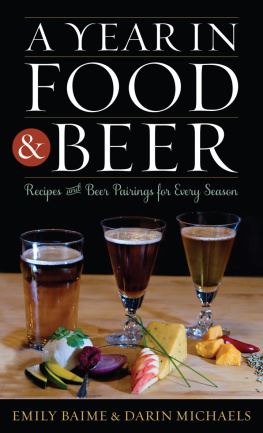This book is dedicated to my father.
Not much of a beer man himself,
he patiently taught me from a very early age
how to figure out the way everything in
the world works.
Contents
Acknowledgments
A book like this could only happen in a community such as the one that swirls around great beer in North America. Its creators and sustainers are far too numerous to mention. You know who you are.
As far as specifics, thanks to Lyn Kruger and Keith Lemcke of the Siebel Institute for plenty of technical information and for allowing me to hone my skills and story on their students. Thanks go out to my technical editor Stan Heironymous; my wife, Nancy, for copyediting and keeping me in the active tense; and to a number of other people who reviewed part or all of the book: Ed Bronson, Steve Hamburg, and Tom Schmidlin. A huge thank-you to Cicerones Pat Fahey, who questioned everything in this second edition, which was incredibly helpful. Thanks to Dick Cantwell, Ken Grossman, Jim Koch, Marty Jones, Mark Linsner, Andy Musser, and Charlie Papazian for various tidbits. Thanks also to the other members (besides Ray Daniels and Pat Fahey) of our Beer and Food Working Group: Lindsay Barr, Chef Adam Dulye, Nicole Garneau, PhD, and Julia Herz. Special thanks to Jonathan Levin for the portrait photo.
Thanks to Ray Daniels for his insights, friendship, and keeping me honest. I also wish to thank my partners and collaborators at my two breweries close to home, 5 Rabbit Cerveceria and Forbidden Root Botanic Beer, for making me a part of their journey.
Others who helped get the book off the ground include Sam Calagione and my agent, Clare Pelino, along with the many, many fine folks at Storey Publishing, especially Sarah Guare.
It couldnt have happened without the warm and supportive community of brewers, beer professionals, and enthusiasts all over the world. Cheers to all.
Foreword to the Second Edition
The first edition of Tasting Beer came out in 2009, one year after I developed and founded the Cicerone Certification Program. I soon started recommending the book to those looking for a text to guide their studies for the first-level Cicerone exam, Certified Beer Server.
Over the years, the connection between Cicerone and Tasting Beer has continued, so much so that some people think Randy and I coordinated to create a text that would serve the programs needs. This is not the case. Rather, it is a happy coincidence that our paths through beer led us to create complementary offerings at about the same time. Cicerone challenges beer professionals to learn about their beverage and its culture. Randys Tasting Beer addresses the questions posed by every student of beer and in the process provides an excellent text to aid in the journey.
This second edition of Tasting Beer expands coverage of some key topics that relate to the Cicerone journey beyond the first level, such as draft systems. In addition, I find that the integrated understanding of beer this edition presents would serve those studying for just about any level of Cicerone program exam. Any candidate who has not read Tasting Beer for a few years would be well advised to read this new edition. The connections and insights it offers will help you organize and integrate all of the details you learn from a variety of sources into a more cogent and nuanced understanding of beer.
But Tasting Beer goes much further than just knowledge. Its organization and presentation telegraph the decades that Randy has spent thinking about beer. The broad spectrum of his thoughtful studies has led him to understand answers to questions that those with a more focused view have never thought to ask. As a result, he possesses and presents an uncommon understanding of the full universe of beer.
And heres the best part: Given the depth of his exploration and the sheer volume of knowledge he presents, you might expect this text to be weighty and ponderous. Such is not the case. Indeed, Randy writes with a precise but conversational voice. The resulting text could not be easier to read. And his long professional experience in presenting information graphically comes to the fore in a variety of illustrations that illuminate the subject in ways that words alone could never do.
The true magic of Randys work comes in his insights, in his seasoned understanding of how the many facts about beer connect in complex and varied ways to create this living, breathing thing that we capture with the simple word beer. Whether you literally wish to learn more about tasting or simply hope to garner a basic understanding of beer, Tasting Beer will satisfy your thirst in a readable and memorable way.
Ray Daniels
Founder and Director of the Cicerone Certification Program
Foreword to the First Edition
When I met Randy Mosher he was coming at me with a hammer in his hand and a maniacal smile on his face. We were at Chicagos Real Ale Festival in 1998 and he was helping prepare casks of unfiltered, unpasteurized, naturally carbonated real ale for serving. His enthusiasm was infectious as lively as the beers contained in those casks. I have gotten to know Randy better in the last 5 years as we have served together on the board of directors of the Brewers Association. He earned his seat at the table representing the American Homebrewers Association, but in time it became apparent that his perspective, knowledge, and passion encompassed the whole world of beer lovers and makers: enthusiasts, amateurs, pros, and beyond. Randy is a true beer evangelist. In this book, and in all aspects of his beer-soaked life, he is saving souls one pint at a time.
Tasting Beer tackles the experience of choosing and imbibing beer with just enough technical and scientific information to explain the events but not so much that the beer novice feels overwhelmed. Randy doesnt preach his personal preferences here. He celebrates the fact that our individual palates are as unique as snowflakes. Tasting Beer is like a collection of many fine books bound together. Beer history, the science of brewing, the disciplines of tasting and evaluation, the wide array of beer styles, pairings of food and beer, beer terminology its all in here. This book is like an imperial pint full of knowledge, and Randys cup runneth over. I am hopeful that Tasting Beer will find a home with professionals in addition to beer enthusiasts. I can think of no better single tool for brewers, bartenders, connoisseurs, chefs, salespeople, and everyone else in the beer trade for enhancing their beer IQ.
Despite the fact that beers history is as ancient as wines and that there are more styles and flavors of beer than wine, beer is still considered a less complex beverage by too many foodies and connoisseurs. Randy helps to dispel this myth in Tasting Beer. Much of the beer sold throughout the world is some slight variation on the light lager style, but Randy points out that centuries before the Reinheitsgebot, beers were being brewed with diverse ingredients such as honey, bog myrtle, cranberries, and coriander. Craft breweries today have reinvigorated this ancient tradition, using spices, herbs, sugars, fruits, and more. Randy gives equal time to each of the diverse, exciting beers that drinkers are trading up to, from the exotic eccentrics to the popular classic styles.

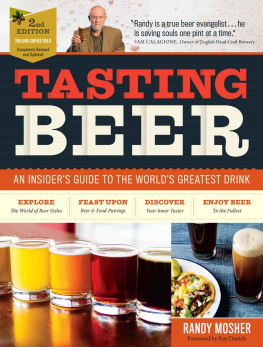
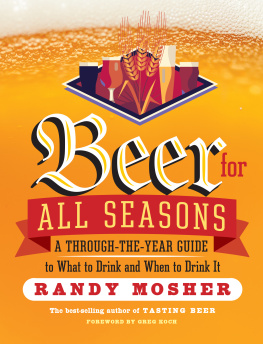
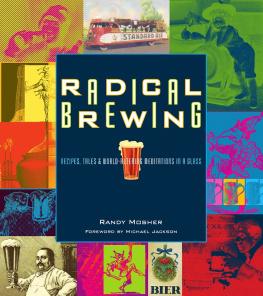

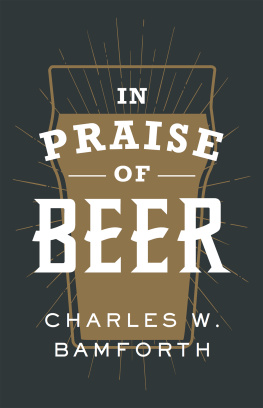
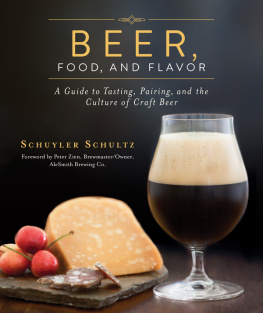
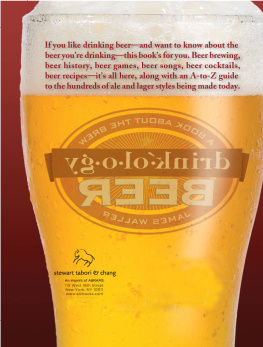

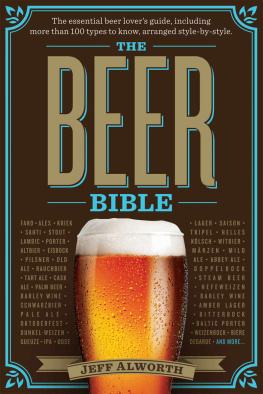
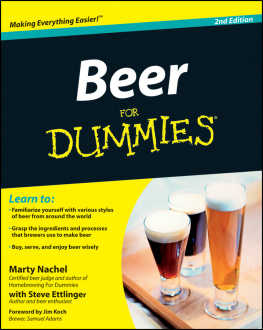
![Randy Mosher - Beer for all seasons : [a through-the-year guide to what to drink and when to drink it]](/uploads/posts/book/74958/thumbs/randy-mosher-beer-for-all-seasons-a.jpg)
